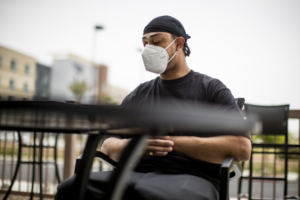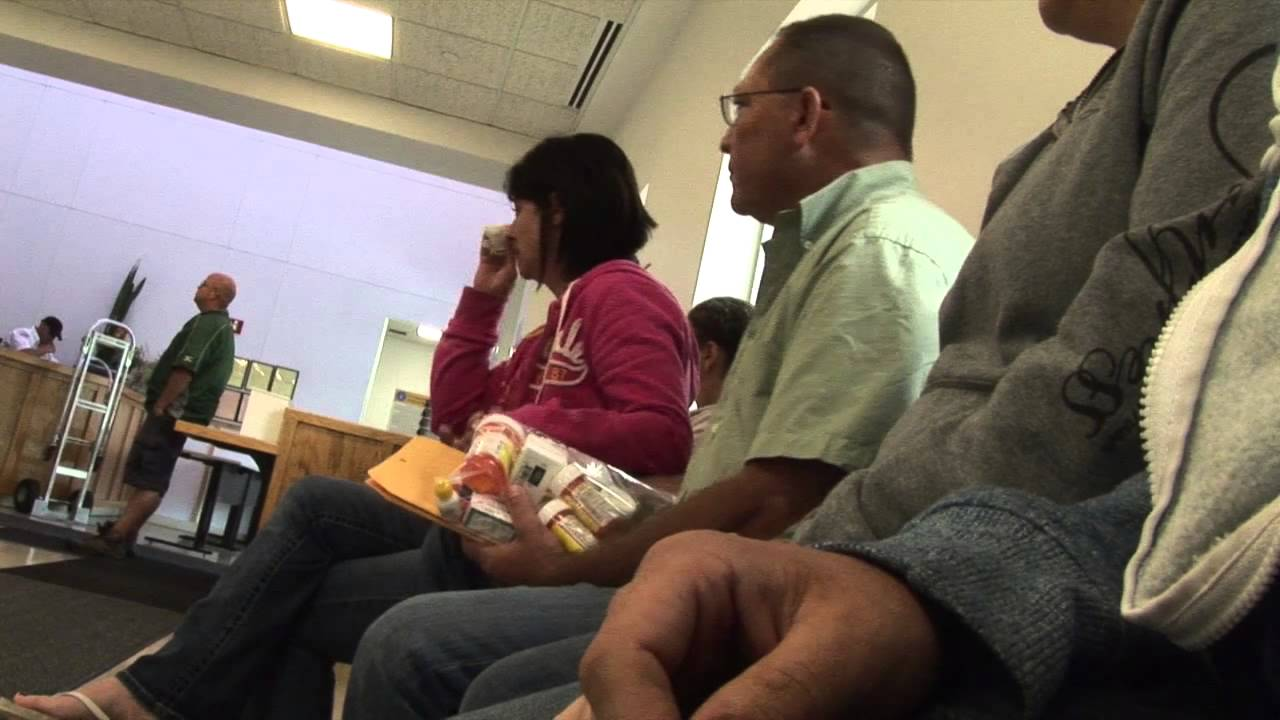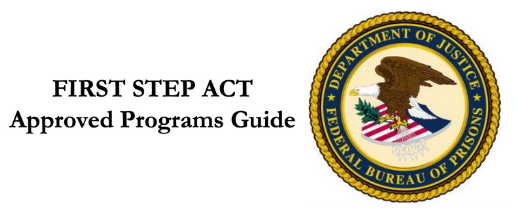
COVID Policy In The BOP | What Are Your Client’s Fears?
Vaccines – mAb, A New COVID Drug Category – Antivirals Could Be The Holy Grail”
Globally, since 2020, we have all been waiting on science for an answer.
Their efforts have led to the development of a new generation of Vaccines: (mRNA), along with the traditional J&J. Now, to the Federal Bureau of Prisons Clinical Guidance on COVID-19 Vaccines and other therapies.
I. BOP Vaccination Policy 10/13/2021(BOP.gov)
Per The BOP, vaccination supplies initially may be limited, and will be dispensed according to the BOP COVID-19 Vaccine Guidance Manual; October 13, 2021. This though does not take into account the new variants that may continue to evolve.
For Inmates Who Are:
· Waiting to get their Covid Vaccine while pending a Court-Ordered Release or Transfer,
They may be vaccinated either:
1. By using a single-dose COVID-19 vaccine, or
2. By using a multi-dose series on a case-by-case basis, or
3. But if there is insufficient time to complete a multi-dose series, it should only be started if the final dose can be verified that it can be completed at the receiving location.
Each BOP facility will (Page 3).
1. Create and implement a COVID-19 immunization plan to offer the vaccine (1-dose or 2-dose, initial primary series) for,
- New staff & intakes, and
- Any staff or inmate that hasn’t yet been vaccinated,
- US prison guards refusing the vaccine, despite COVID-19 outbreaks, The Associated Press, March 15, 2021
2. Develop a plan for when, and by whom staff and inmates will be screened and scheduled for the vaccine, and
3. Ensure that responsibility is assigned to health care personnel for patient assessment and vaccine administration.
4. For the 2-dose vaccination series, a medical hold should be placed on the inmate’s electronic health record until the due date of the second dose. This is to keep them from being transferred or released before the last dose is given.
5. For Third doses of mRNA COVID-19 vaccines, page 5 [See Appendix], in immunocompromised persons: should be offered a third dose at least 28 days after 2nd mRNA dose.
The Three Vaccines available in the BOP Will be Given In The Priority Level Order, # 1-3 (page 5)
Pfizer (page 3):
The Pfizer-BioNTech COVID-19 vaccine (Comirnaty®) – an mRNA vaccine
Priority Level 1:
· Inmates assigned as health service unit workers,
· Inmates in health service unit job assignments,
· Inmates in nursing care centers (long-term care) or other residential health care units.
Priority Level 2: Inmates aged 65 years and older or those of any age with underlying medical conditions.
Priority Level 3: All other inmates.
Fact Sheets for the approved* and EUA-authorized(FDA.gov) Vaccines,
For recipients, caregivers, and healthcare providers administering vaccines. [see appendix]
COVID-19 FDA, Approved:
· For persons 16 years of age and older: 2-dose primary series
· Should be offered a booster dose at least 6 months after the second dose.
COVID-19 FDA, Emergency Use Authorization (EUA):
· For persons 12 to 15 years of age: 2-dose primary series.
· Third dose for certain immunocompromised persons.
· Single booster dose for certain non-immunocompromised persons.
Moderna, (page 3)
Fact Sheets for the approved* and EUA-authorized Recipients, For caregivers, and healthcare providers administering vaccines [see Appendix]
COVID-19 FDA, Emergency Use Authorization (EUA):
· For persons 18 years of age and older: 2-dose primary series.
· Third dose for certain immunocompromised persons.
J&J, (page 4)
Fact Sheets for the approved* and EUA-authorized [see Appendix] Recipients, caregivers, and healthcare providers administering vaccines
COVID-19 FDA, Emergency Use Authorization (EUA):
· For persons 18 years of age and older: 1 dose required
II. Monoclonal Antibody (mAb) Drug Therapy for COVID-19, BOP Clinical Guidance, 08/2021.
1. Mitigate the need for hospitalizations, ICU, and O2 Ventilators
2. After exposure, and quickly implemented before a positive COVID-19 test.
3. At 1st glance it appears that the mAb medications are not on the most recent:
- Federal Bureau of Prisons, Health Services, National Formulary Part I, Lists (I could be wrong).
- Or their BOP Health Services, National Formulary Part II, Lists (above, again, here too I could be wrong, as they appear to be available, just not listed).
The BOP Monoclonal Antibody (mAb) Therapy, Clinical Guidance COVID-19, 08/2021.
BOP Nurse Charting is very good (page 14), as they use the same S.O.A.P. Note Format that we have all been taught for patent encounters. It’s a good thing to know if you are not already familiar with it. Because medicine, like law, even if treatment (or work) was done, if it was not documented, then it will not be believed as performed, and vice versa.
Subjective: The Inmate/Patient Complaints (in terms of their current condition, function, activity level, disability, symptoms, social history, family history, employment status, and environmental history).
Objective: What the healthcare provider gathers from their exam, labs, X-rays, physical findings, observations and talking, etc.
Assessment: At the end of the encounter, their detailed notes will either support Inclusion Criteria or Exclusion Criteria (see included tables), with regards to the Inmate/patient qualifying (or not) for Monoclonal Antibody Treatment. Regarding a diagnosis, here there may be multiple.
Plan: If Inclusion Criteria have been met, informed consent for mAb needs to be gotten. All mAb requires a non-formulary request to be submitted and approved.
All Criteria must be met for (mAb) Treatment:
· Positive results of direct SARS-CoV-2 viral testing, and
· A clinical presentation of mild to moderate COVID-19 symptoms, and
· Symptom onset within the 10 days preceding mAb treatment and
· Risk factors for severe COVID-19 illness (see Risk Factors for Severe COVID-19 Illness), and
· Age ≥ 12 years old; weight ≥ 40 kg (88 lb)
Treatment symptoms to look for, within 10 days of (mAb) treatment.
· Fever
· Cough
· Sore throat
· Malaise
· Headache
· Muscle pain
· Gastrointestinal symptoms
· Shortness of breath with exertion.
At a minimum, ‘1’ of the following must be present to qualify for treatment.
· Body mass index (BMI) ≥25
· Chronic kidney disease (CKD)
· Type 1 or type 2 diabetes
· Immunosuppressive disease
· ≥ 65 years of age
· Currently receiving immunosuppressive treatment
· Cardiovascular disease (CVD) or hypertension
· Chronic obstructive pulmonary disease (COPD) or other chronic respiratory diseases
· Sickle cell disease
· Neurodevelopmental disorders or other conditions that confer medical complexity
· Medical-related technological dependence (i.e. tracheostomy, gastrostomy, positive pressure ventilation not related to COVID-19)
· Oxygen saturation (SpO2) ≤ 93% on room air
· Respiratory rate ≥ 30 per minute
· Heart rate ≥125 per minute
Patients must have positive results of direct SARS-CoV-2 viral testing no more than 10 days before starting the mAb infusion
All of these tests are acceptable for confirming COVID:
· Commercial lab PCR test,
· A rapid PCR test (Abbott ID Now) or
· Rapid Ag test (BinaxNOW)
III. Monoclonal Antibody Medications:
1) REGEN-COV (casirivimab and imdevimab(BOP.gov), administered together),
When there is a Limited Supply, The BOP has created: PATIENT CRITERIA LEVELS (Page 5) to determine who gets treated.
PRIORITY 1, Patient Criteria:
• Three or more risk factors for progression to severe disease or
• ≤ 3 days of symptoms or
• Any one of the following risk factors:
1. Body mass index (BMI) ≥35, or
2. Type 1 or type 2 diabetes, or
3. ≥ 65 years of age.
PRIORITY 2, Patient Criteria:
• Two or more risk factors (from PRIORITY 1) for progression to severe disease.
PRIORITY 3, Patient Criteria:
• One risk factor for progression to severe disease
• Contact the Regional Medical Director (RMD) to discuss any proposed deviation from the below criteria.
• Submission and approval of a non-formulary request is required before initiation of any mAb for COVID
2) Tocilizumab (Actemra) – hospitalized patients only
3) Sotrovimab – hospitalized patients only
4) Baracitinib (works better with either Tocilizumab or Remdesivir)
Where: Treatment Is NOT‘ Indicated.
· Pregnancy and lactation: considered on a case-by-case basis
· Allergies to any of the medication ingredients
· Hospitalized due to COVID-19
· Require oxygen therapy due to COVID-19, OR
· Require an increase in baseline oxygen flow rate due to COVID-19.
· For those on chronic oxygen therapy due to underlying non-COVID-19 related comorbidity, these Inmates/Patients should be considered for hospital transport.
IV. Antivirals: The “holy grail” of viral therapeutics, The Atlantic 11/29/2021
“Until now, the only outpatient therapeutic for COVID-19 has been monoclonal antibody treatments, which are effective in preventing severe disease in high-risk patients. “The New COVID Drugs Are a Bigger Deal Than People Realize”.
Photo Credit, The Atlantic
Merck’s molnupiravir (EAU for mild-to-moderate cases of COVID-19 who were not hospitalized). Initially, in Nature, 10/8/2021, Merck’s antiviral was touted as may cut hospitalizations and deaths among people with COVID-19 by half. Recently, on November 26, 2021, Merck revealed its Covid antiviral treatment is less effective than first thought. A full analysis of their trial results shows Molnupiravir had a risk reduction of 30%, Reuters.
Pfizer’s Oral Antiviral PAXLOVID™ (“Potential Game-Changer in the pandemic”), Reduced The Risk Of Hospitalization or Death By 89%.
Appendix:
In closing, we believe that the responsibility for a client’s Mental and Physical Health should be safeguarded to protect them from themselves and others, …while providing a safe environment for the duration of their incarceration. This is the responsibility of the Court, Defense Team, and BOP.
If this was helpful, please share it with your colleagues. With more to follow, should you have any questions, are interested in engaging my services, or have any ideas for future topics, I am easy to reach, and thank you for your time.

Marc
- email, info@PPRSUS.com, or
- Voice: 240-888-7778.

 Photo Credit,
Photo Credit, 







 Participants can be referred through staff assessment or self-referral
Participants can be referred through staff assessment or self-referral


 Autism Spectrum Disorder and ALL OF ITS PARTS,
Autism Spectrum Disorder and ALL OF ITS PARTS,  Epilepsy, Alzheimer’s, Parkinson’s or
Epilepsy, Alzheimer’s, Parkinson’s or